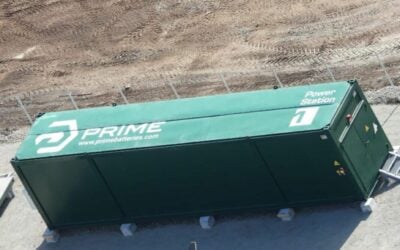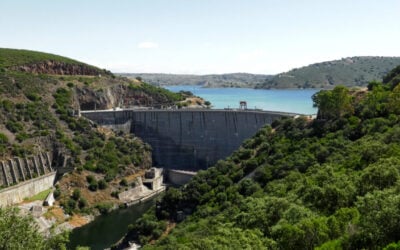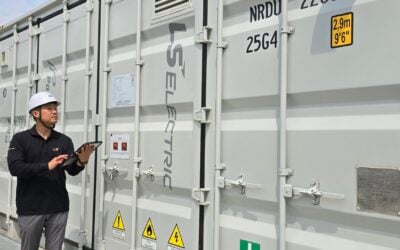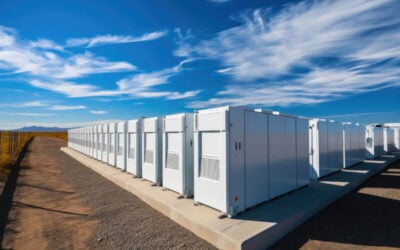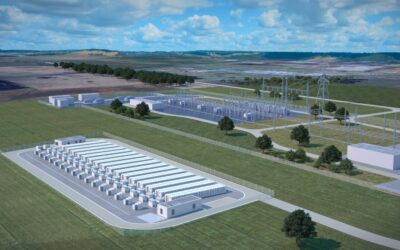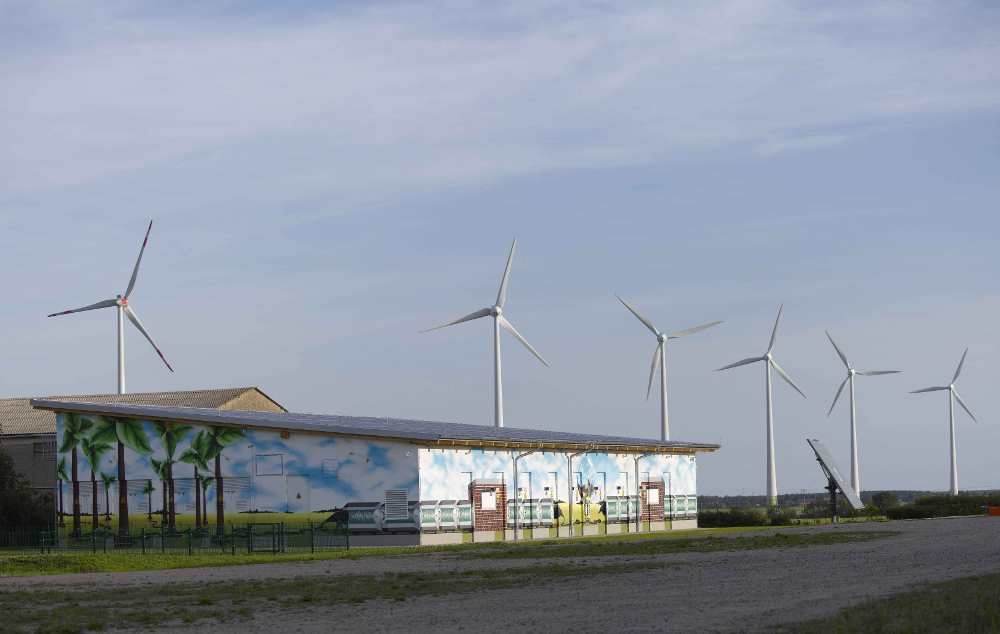
The EU’s latest Clean Energy Package (CEP) is “undoubtedly positive” for energy storage, with the technology expected to play a key role in meeting the legislation’s ambitious “32% by 2030” renewables target, Brittney Elzarei, senior policy officer at trade organisation EASE has said.
In an article for Volume 20 of PV Tech Power, the quarterly technical journal from our publisher Solar Media, Elzarei takes a close look at the CEP, noting that recognition by EU policymakers of the value of energy storage has greatly evolved in just the past decade since its third iteration in 2009.
Enjoy 12 months of exclusive analysis
- Regular insight and analysis of the industry’s biggest developments
- In-depth interviews with the industry’s leading figures
- Annual digital subscription to the PV Tech Power journal
- Discounts on Solar Media’s portfolio of events, in-person and virtual
Or continue reading this article for free
“The CEP is undoubtedly positive for the storage sector. By establishing a binding renewables target of 32% by 2030 – along with targets for renewables in transport, heating and cooling – the package sets a high level of ambition that can only be achieved with the widespread deployment of flexibility solutions such as storage.”
Barriers still exist to the market, Elzarei argues, with so-called ‘double-charging’ – levying energy storage systems grid fees when both ‘consuming’ or ‘generating’ power from and to the grid – still in place and the lack of investment certainty that still exists when brokering contracts for services from energy storage, due to the limiting in duration of balancing services set out in the CEP.
Nonetheless, progress has been made, the EASE senior policy officer writes, taking a deep dive into the role of transmission network and distribution network operators, the scope for deploying non-battery energy storage technologies including hydrogen, and other topics. The article also takes a look further ahead to plans for full decarbonisation across the EU by 2050 and the Commission’s own analysis of the various different types and amounts of energy storage that will need to be deployed to meet 80% greenhouse gas (GHG) emissions reductions by that year.
You can read The ‘Clean Energy Package is here – now what?’ from Brittney Elzarei, senior policy officer at the European Association for the Storage of Energy (EASE), included in the 126-page PV Tech Power Vol.20, available as a free download here.
PV Tech Power, the downstream solar industry journal from our publisher Solar Media, has reached its fifth ‘birthday’ and Volume 20 of the quarterly magazine, out now, includes a special report on energy storage.

